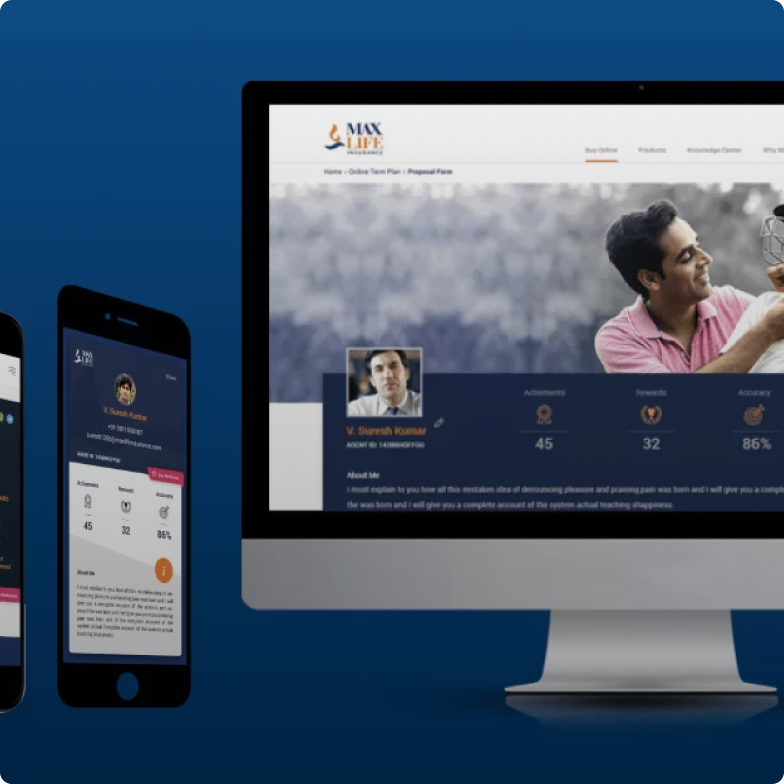
Businesses today, are racing to reshape their avenues through digital transformation. But here’s the catch—success isn’t just about adopting new technologies; it’s about delivering an experience that users love.
Let’s bring this closer to home. Imagine you’re upgrading your favorite app on your phone, expecting a smoother, more enjoyable experience. The download completes, and excitement builds. But wait—what if the new version feels clunky, confusing, and downright frustrating?
Consider this blog as an insider guide to the real story behind digital change. It’s not just about technology; it’s about creating an experience that works for everyone involved.
Setting the Stage with Statistics
Let’s kick off with a reality check. According to a recent survey by Gartner, a staggering 87% of digital transformation efforts fall short of their objectives. The massive investments—often in the billions—are intended to boost efficiency, reduce costs, and elevate user experiences. Yet, the outcomes frequently miss the mark.
Identifying the Key Challenges
With a gross understanding of this numerical reality, let’s ponder upon the common challenges that organizations face in their digital journeys.
Legacy System Integration: The clash between new technologies and existing infrastructure can lead to unexpected bottlenecks and disruptions.
Employee Resistance: Overlooking the human factor in digital transformation often results in resistance, hindering the adoption of new technologies.
UX Blind Spots: Ignoring the user experience can turn even the most well-intentioned digital initiatives into sources of frustration for both employees and customers.
The UX Landscape in Digital Transformation
User experience is not just a design element; it’s the heartbeat of digital transformation initiatives. According to a survey by PwC, 73% of companies cite customer experience as a top-three factor in their decision-making processes. Meanwhile, research by Forrester reveals that companies that prioritize UX design see a conversion rate increase of up to 400%.
Navigating the Path to Success
Now that we’ve outlined the challenges, let’s shift our focus to strategies for success.
Comprehensive User-Centric Design: Yuj’s success stories underline the importance of designing with the end-user in mind. A comprehensive UX strategy, involving user feedback and iterative design processes, can significantly impact the success of digital initiatives.
A study by McKinsey found that companies focusing on user experience were able to increase customer satisfaction by 20% and operational efficiency by 10-15%.
Agile Implementation: Breaking down large-scale transformations into manageable, iterative steps allows organizations to adapt to changing circumstances and avoid massive disruptions.
Amazon, a pioneer in user-centric design, continuously refines its checkout process. By streamlining steps and reducing friction, they have achieved a seamless user journey, contributing to their success in e-commerce.
Strategic Legacy System Upgrades: Instead of overhauling entire systems, strategic upgrades, and integration approaches can help organizations modernize without causing operational hiccups.
Continuous User Feedback Loops: Establish mechanisms for collecting and analyzing user feedback throughout the digital transformation journey. Regularly iterate on designs based on user insights to enhance the overall experience.
Cross-functional collaboration: Foster collaboration between UX designers, developers, and business stakeholders. A holistic approach ensures that user experience is seamlessly integrated into every stage of the digital transformation process.
Data-Driven Decision Making: Leverage analytics and user behavior data to inform design decisions. This approach ensures that UX enhancements are grounded in real user interactions and preferences.
Delivering Phenomenal Digital Transformations
The success of every digital transformation hinges on the quality of user experience. Yuj is a leading UX design studio that advocates for a user-centric approach to bridge the gap between expectations and outcomes. By incorporating real-life examples and statistics into the journey, we help businesses navigate the UX frontier with confidence, ensuring that their digital transformation efforts not only meet but exceed user expectations, ultimately driving success in the digital age.
Get in touch with us, today!






